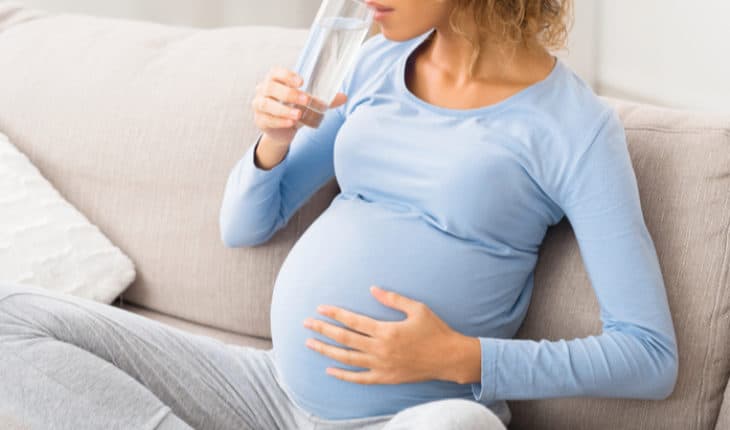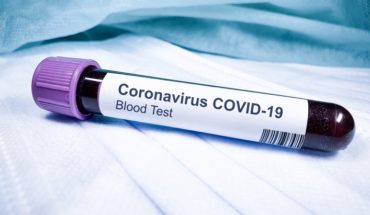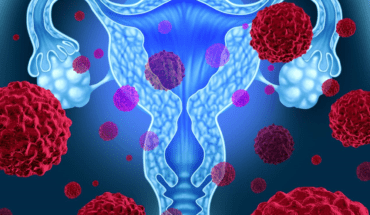As thousands of people are committing to giving up alcohol during Dry January, research from a midwifery lecturer at Northumbria University has been included in new national guidance on the harms of consuming alcohol both before and during pregnancy.
In the past, national guidelines had suggested that pregnant women should avoid alcohol, but that if they did opt to have a drink, then they should have no more than one or two units once or twice a week.
This was updated in 2016 to state that anyone who is pregnant or planning to become pregnant should not drink alcohol at all to avoid the risk of harm to their baby.
Public Health England has now produced new national guidance for midwives and maternity professionals on how to work with women to reduce the risk of harm caused by alcohol in pregnancy.
The guidelines include research evidence produced by Helen Howlett, a Specialist Nurse and Midwife in Alcohol and Foetal Alcohol Spectrum Disorders, and a senior lecturer in Northumbria’s Department of Nursing, Midwifery and Health.
While almost 80% of women drink alcohol before pregnancy in the UK, only half of all pregnancies are planned so many women continue to drink in the weeks before they realise they are pregnant and may not be aware of the risks of alcohol exposure.
According to NHS data, approximately 41% of women have drunk alcohol at some point in pregnancy – either before or after they knew they had conceived.
Alcohol exposure in utero can lead to a range of disorders including abnormal facial features, reduced height and weight, cardiac abnormalities, sight and hearing problems, poor coordination, and intellectual and behavioural disabilities. The common theme for children with Foetal Alcohol Spectrum Disorder is that they all have a level of brain damage.
In 2018, Helen published the first UK-based study which compared anonymous blood samples with self-reported alcohol consumption during the first trimester of pregnancy as part of her PhD studies at Northumbria.
Helen found there were notable differences in how much alcohol women told their midwives they had consumed compared with the biomarkers in their blood. This was evidenced by the blood biomarkers CDT and Gamma GT which can detect high levels of chronic alcohol consumption, up to three and eight weeks respectively, after alcohol consumption.
Her research provided evidence of the potential benefits of updating the current antenatal screening programme. The findings suggested that if combined screening was introduced, using both self-reporting and blood biomarkers, midwives could improve ways of detecting alcohol exposure in pregnancies.
It is estimated that up to one third of midwives have not had any training on how to support women to reduce their alcohol intake after they have qualified. Helen explained that some midwives and health visitors have reported anxiety in talking to women about their alcohol consumption because of their lack of knowledge about alcohol screening and management.
She said: “Public Health England’s new guidance has been produced to support midwives in ensuring that women are aware of the dangers of drinking alcohol during, and even before, pregnancy.
“In the past it was deemed to be acceptable to have the occasional drink here and there, but many midwives are now concerned about how to best support women who are worried that they have inadvertently harmed their baby. This is an important consideration when dealing with women who have unplanned pregnancies and have not had the benefit of preconception advice and care.
“We hope that these new guidelines will offer those working in maternity services the reassurance they need in dealing with women who may understandably be anxious about their pregnancy.”
She added: “While many people may think that only those who are alcohol-dependent are at risk, it is vitally important to raise awareness of the risks for any woman who drinks alcohol.
“Alcohol habits have changed considerably in the last few decades. People are drinking more at home; often during the week; and the measures they pour at home are frequently larger than those they would have in a pub. Women now drink as much as men and the highest rate of binge drinking is in women of childbearing age.
“All too often we hear of women who drink before confirmation of their pregnancy, and the alcohol may or may not have already caused harm to their child.
“Harm is difficult to predict as so many confounding factors come into play with alcohol use. Lifestyle issues such as diet, smoking, substance misuse, the amount and frequency of alcohol consumption all contribute to the risks.
“The important message is to stop – or in the case of alcohol dependency, reduce – drinking alcohol in pregnancy as soon as possible. Getting the right support to facilitate positive behavioural changes at any stage of pregnancy will improve outcomes for the mother and baby.
“In years to come I am sure we will see much more evidence emerging of the impact prenatal alcohol consumption has had on children and adults affected by Foetal Alcohol Spectrum Disorder. The legacy of a pandemic where people are turning to alcohol whilst in lockdown is a serious concern if a baby boom is to follow.
“We need to get the message out that there is no safe time, or safe amount of alcohol to drink during pregnancy, and that if you are planning to become pregnant then the safest approach is simply not to drink at all.”
Northumbria University’s Department of Nursing, Midwifery and Health undertakes wide-ranging research to inform policy and practice for those working in healthcare to improve the quality, safety and effectiveness of nursing and public health practice in hospital and community settings.
Helen has recently received funding from the National Institute of Health Research’s Research for Patient Benefit programme to conduct a study which aims to support midwives to implement alcohol guidelines in antenatal care settings. This will involve exploring health professional’s personal relationship with alcohol and their perceptions of stigmatisation.
Her research features in Public Health England’s guidance, Maternity high impact area: Reducing the incidence of harms caused by alcohol in pregnancy.
The full paper, Assessing prevalence of alcohol in early pregnancy: Self-report compared to blood biomarker analysis, was initially published in the European Journal of Medical Genetics.
- Gut microbiome could delay onset of type 1 diabetes - 3rd April 2025
- The da Vinci 5 Robot Is Set To Transform Bariatric Care: - 31st March 2025
- Beyond money: the hidden drivers fuelling child food insecurity - 31st March 2025






